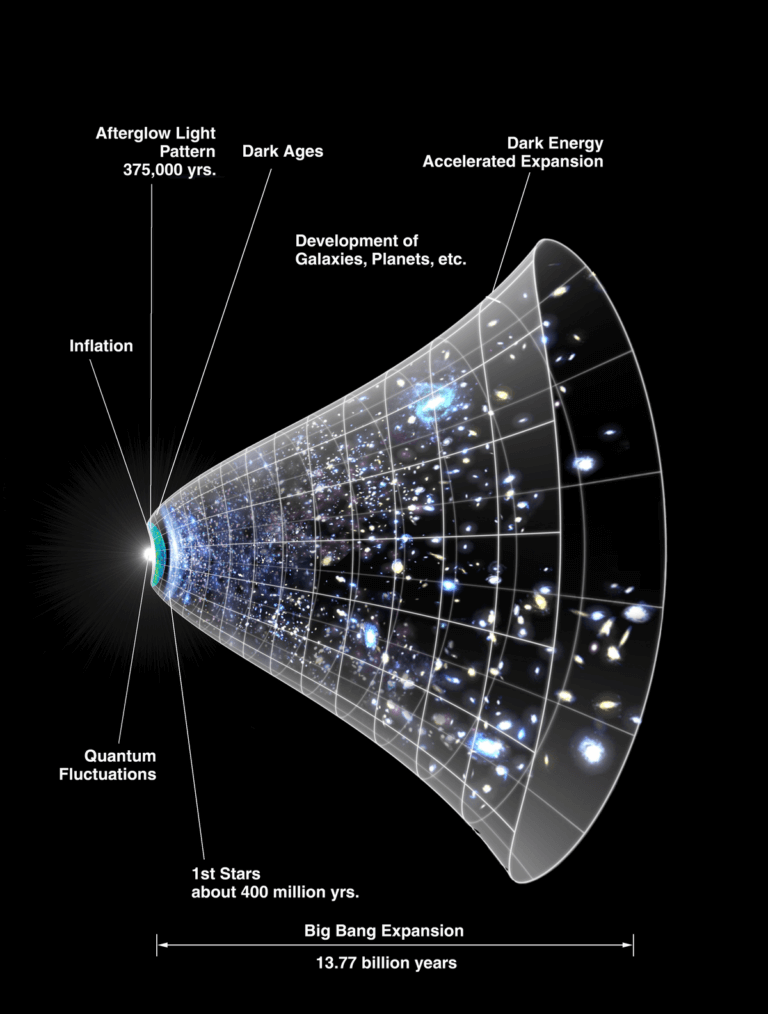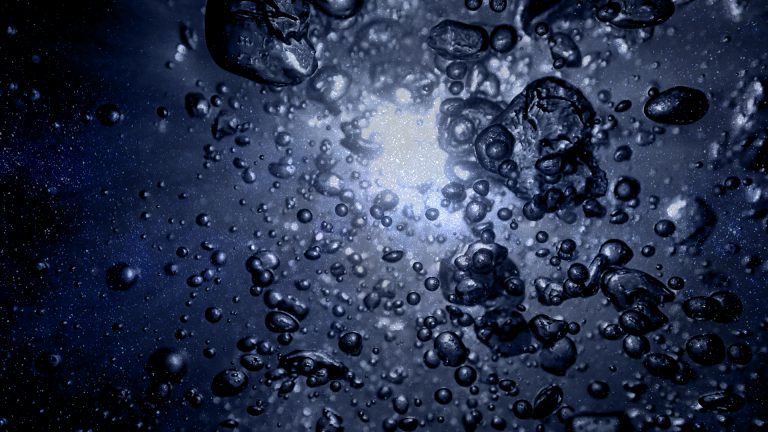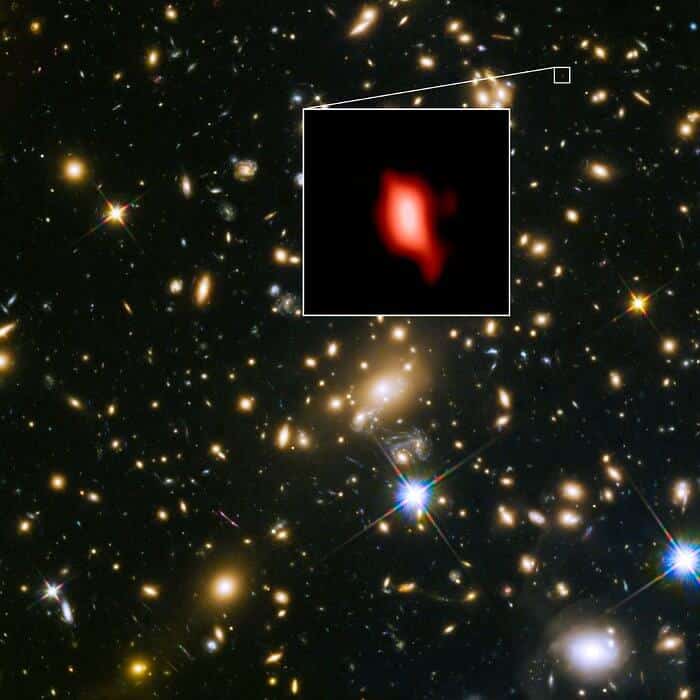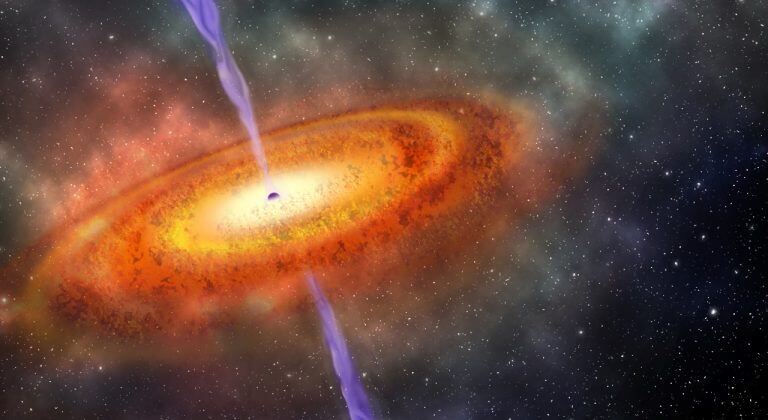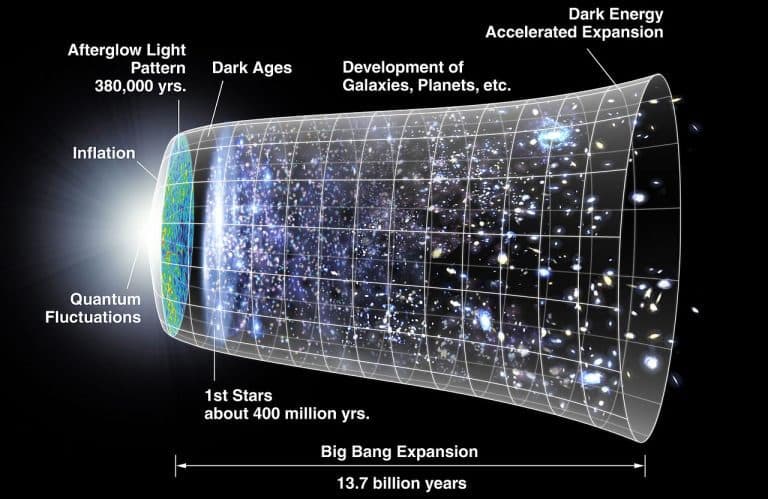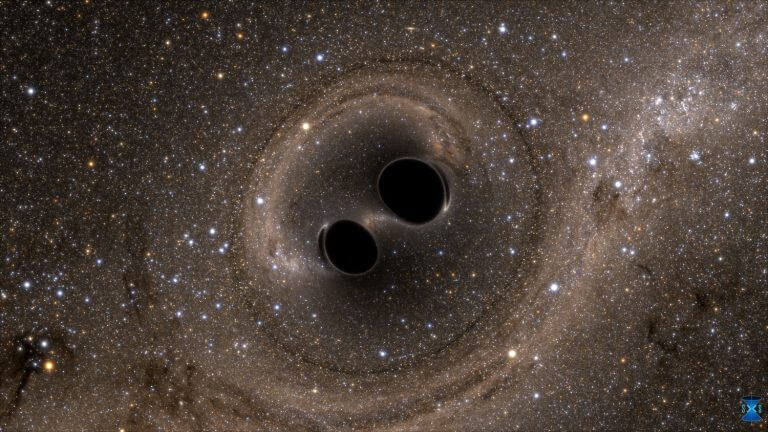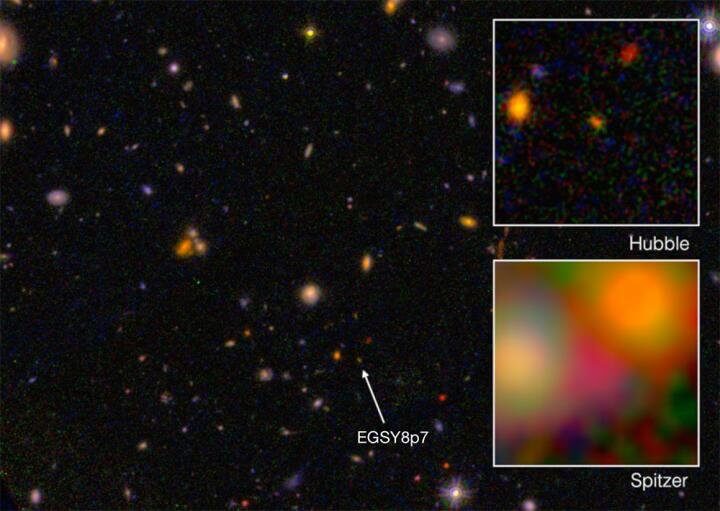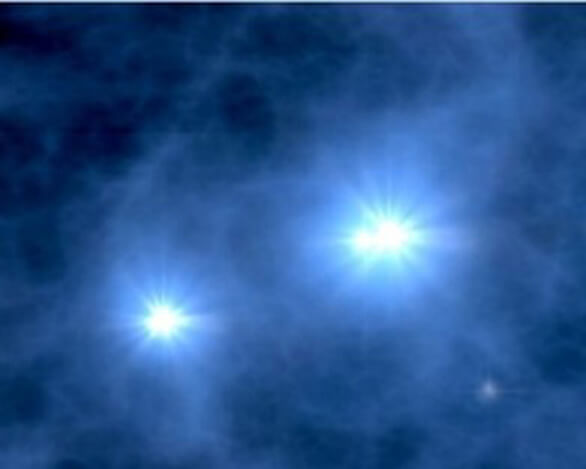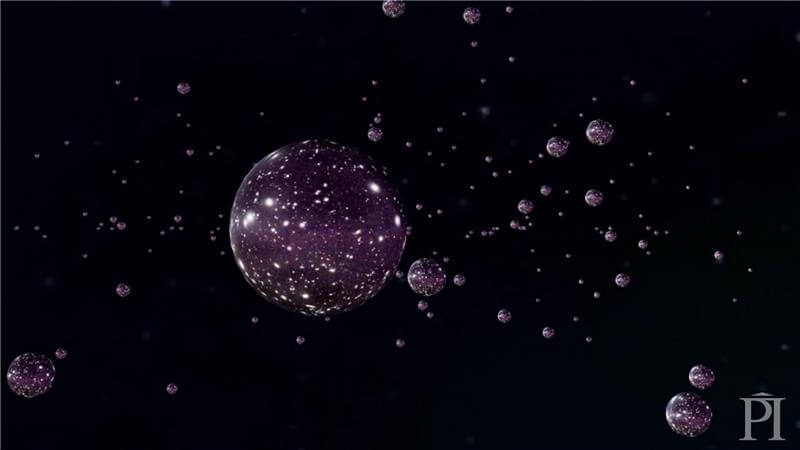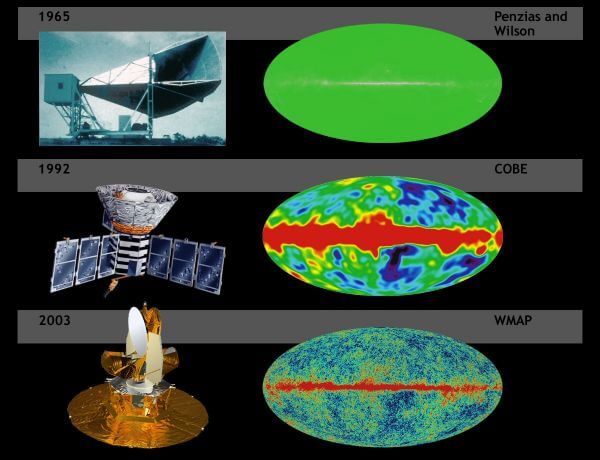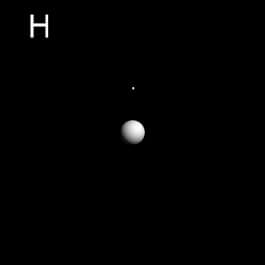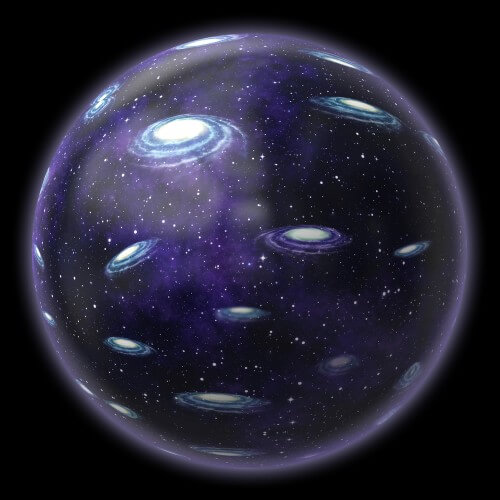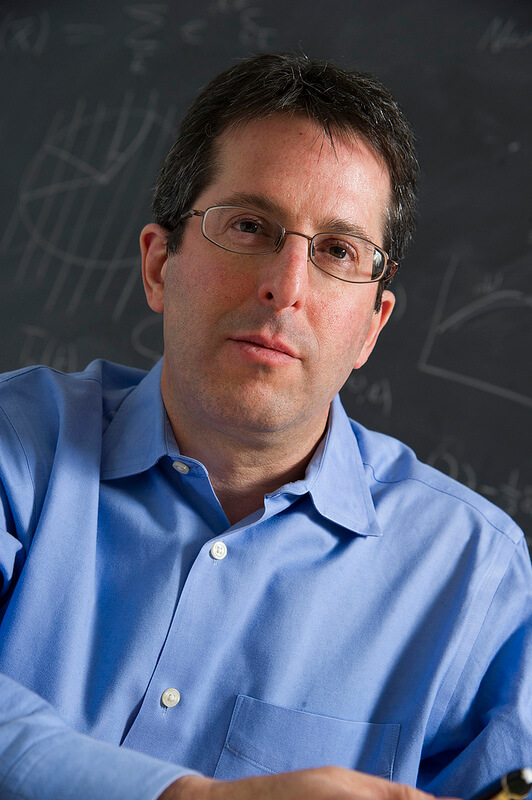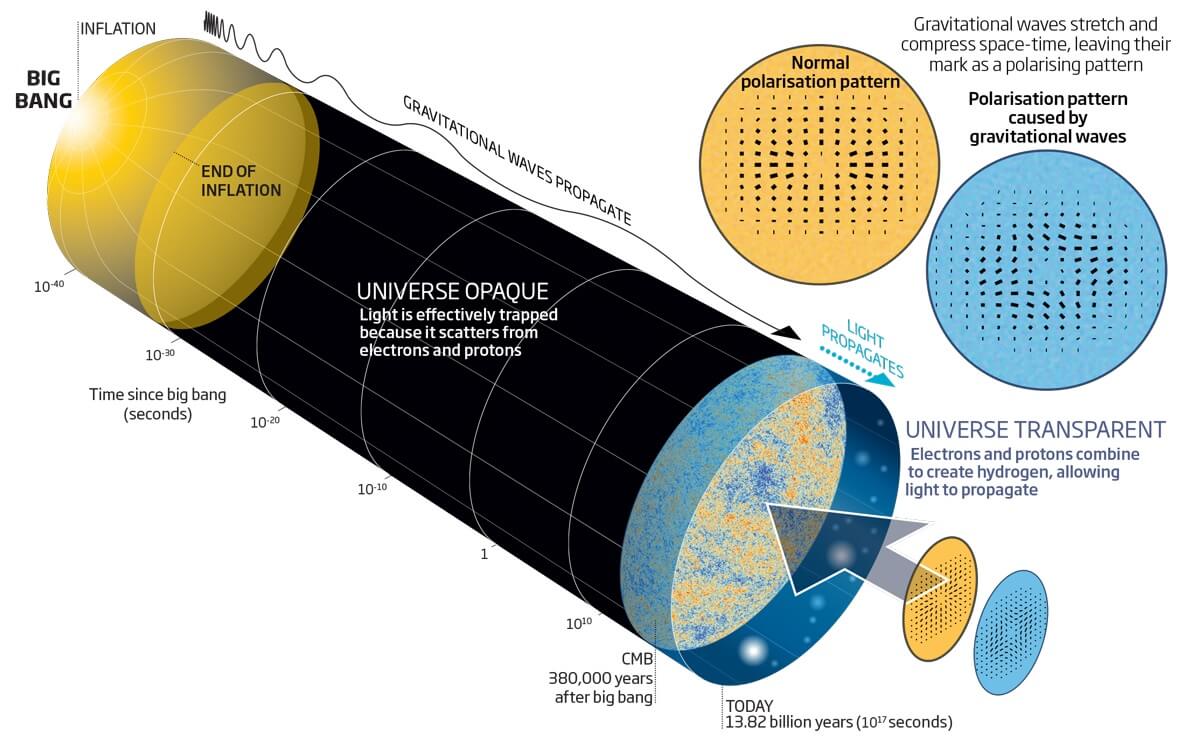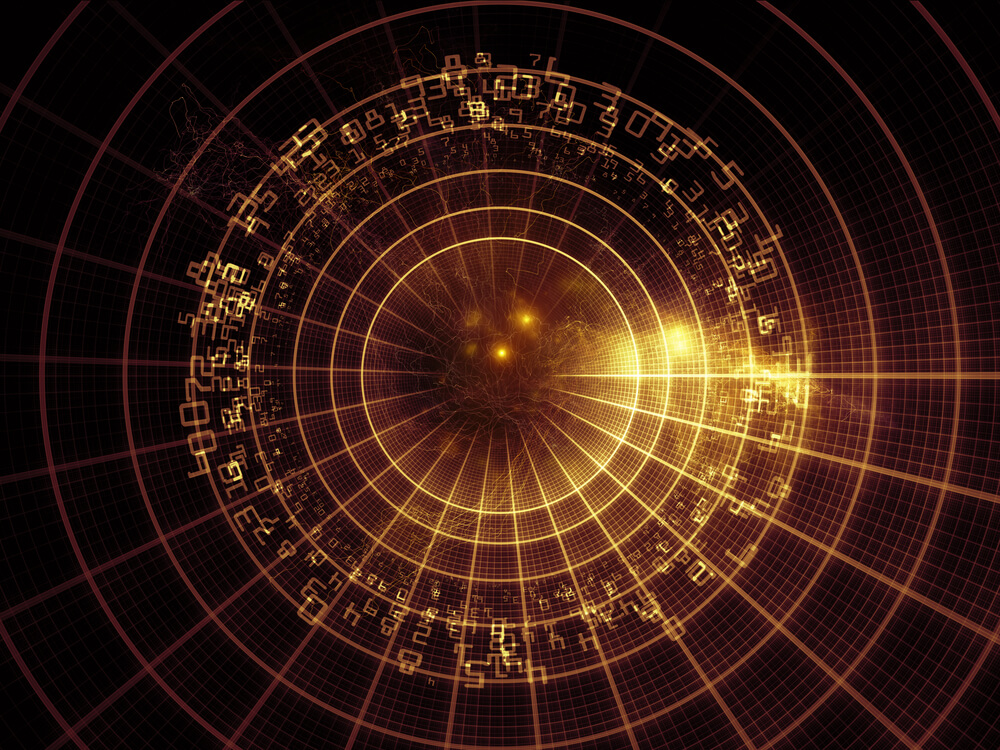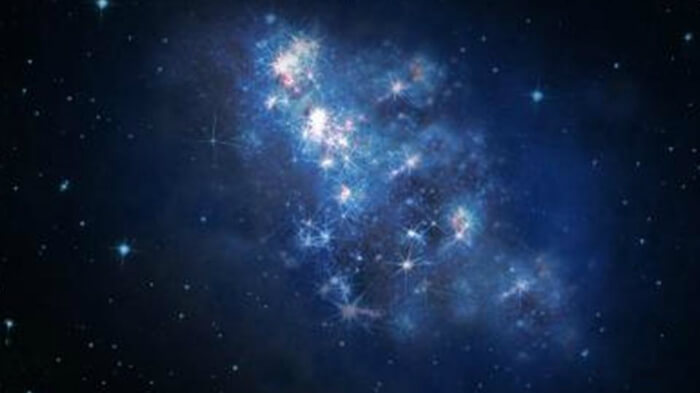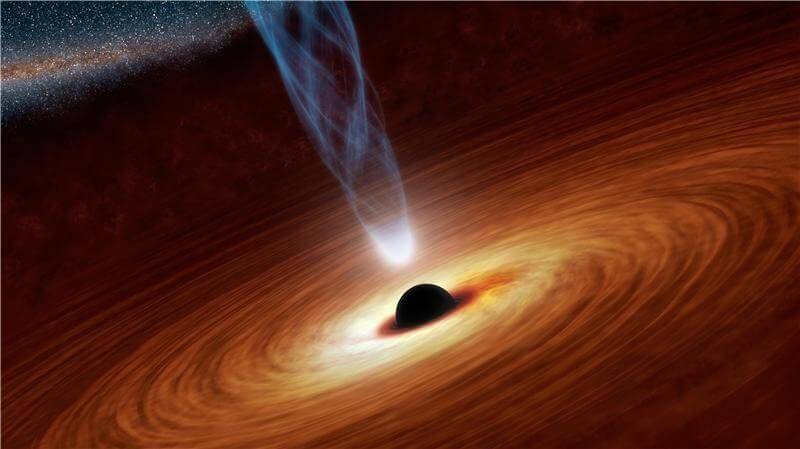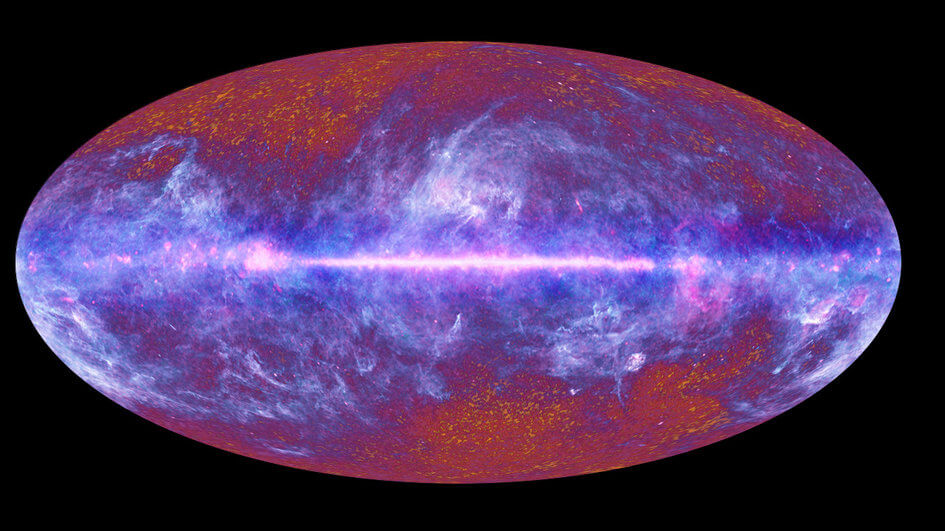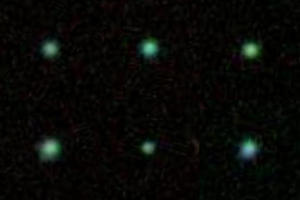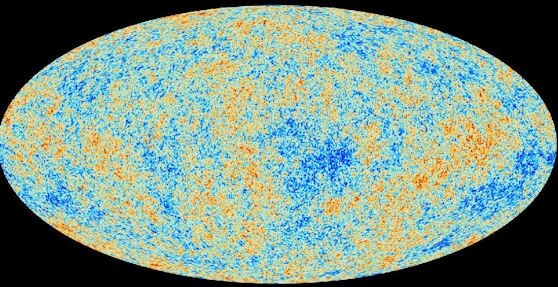Hayadan > The beginning of the universe
The beginning of the universe
- Avi Blizovsky
- December 19, 2021
- 3 תגובות
Cosmological calculations almost always assume that there is a uniform distribution of matter in the universe. This is because the calculations would be too complicated if they included the location of each and every star. In reality the universe is not uniform: there are places with stars and planets, and in other places there is only empty space.
- Avi Blizovsky
- March 12, 2021
- 19 תגובות
Researchers at the Cosmic Dawn Center at the University of Copenhagen have found that the velocity measurements used to determine the expansion rate of the universe may not be reliable. As stated in the publication, this does not resolve the inconsistency, but rather hints at another inconsistency in the composition of the universe
- Noam Chai
- October 17, 2018
- 58 תגובות
- Avi Blizovsky
- May 26, 2018
- 4 תגובות
- Elisef Kosman
- December 7, 2017
- 319 תגובות
- Scientific American Israel
- November 3, 2017
- 6 תגובות
- Scientific American Israel
- October 15, 2017
- 69 תגובות
- Scientific American Israel
- July 3, 2017
- 173 תגובות
- Avi Blizovsky
- September 6, 2015
- 16 תגובות
- Avi Blizovsky
- May 31, 2015
- 18 תגובות
- Tel Aviv University
- May 11, 2015
- 98 תגובות
- Avi Blizovsky
- July 22, 2014
- 8 תגובות
- Nir Lahav
- April 22, 2014
- 20 תגובות
- Nir Lahav
- April 21, 2014
- 16 תגובות
- Nir Lahav
- April 20, 2014
- 32 תגובות
- Nir Lahav
- April 19, 2014
- 19 תגובות
- Nir Lahav
- April 18, 2014
- 29 תגובות
- Avi Blizovsky
- April 1, 2014
- 17 תגובות
- Avi Blizovsky
- March 18, 2014
- 74 תגובות
- Haifa University
- January 29, 2014
- 164 תגובות
- Itai Nebo, editor of the Davidson Institute website
- October 25, 2013
- 269 תגובות
- Avi Blizovsky
- September 16, 2013
- 3 תגובות
- Avi Blizovsky
- April 18, 2013
- 4 תגובות
- Avi Blizovsky
- March 22, 2013
- 28 תגובות


